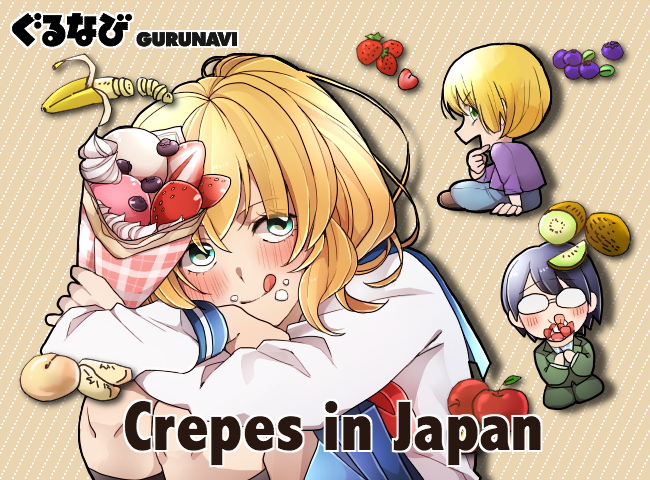Japanese Breakfast: A Tasty Evolution From Rice to Bread

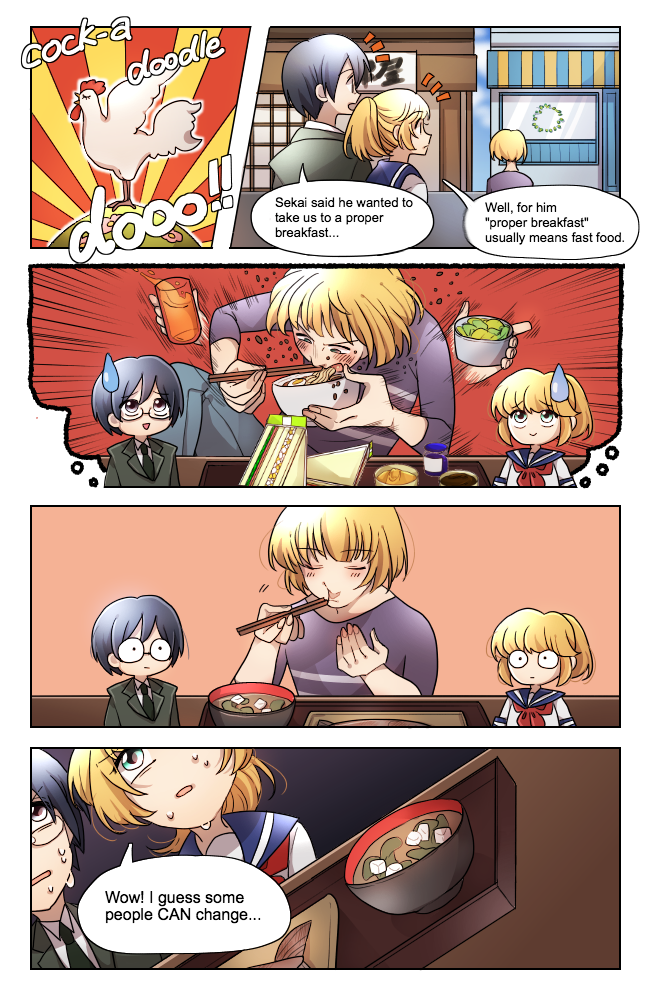
In many cultures, a well-balanced morning meal is viewed as an important for starting the day out right, and Japan is no exception. Since ancient times, the normal Japanese diet has consisted of three meals, starting with a healthy breakfast in the morning to provide the energy needed for a labor-intensive day.
However, people became busier and busier beginning as far back as the Edo period. In the modern era, fewer people have the time to eat a proper breakfast— opting instead for two meals a day—and even the types of breakfast foods have changed to accommodate people’s busy schedules. These days, families generally still eat breakfast at home with the meal prepared by the mother, while single individuals living by themselves might eat something very simple at home or grab a quick bite on the way to work. From rice bowls to pastries, let’s look at the evolution of Japanese breakfast.
Traditional Japanese Breakfast
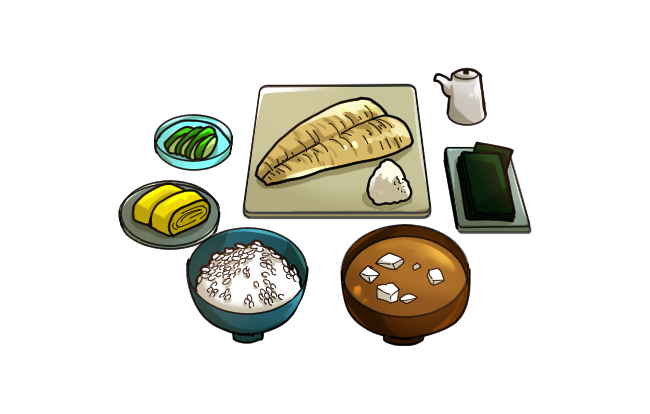
Breakfast in Japan is called “asa gohan” or “morning rice”, so it should come as no surprise that a traditional Japanese breakfast is centered around an actual bowl of rice. This is accompanied by a series of small dishes including miso soup, grilled fish, Japanese pickles, and nori seaweed. Eggs are also a main component of a Japanese breakfast and may be offered raw (nama tamago), poached (onsen tamago), fried (medama-yaki), or cooked as a sweetened omelet (tamago-yaki). Natto (fermented soybeans eaten with condiments) may also be offered in a traditional breakfast.
These days, traditional Japanese breakfasts are becoming less common in Japanese homes, as more and more women are re-entering the workforce after having children. While there is much less time to prepare a home-cooked morning meal, Japanese breakfast is still offered at restaurants and hotels, and it is a particular staple of traditional ryokan inns.
Tamago Kake Gohan
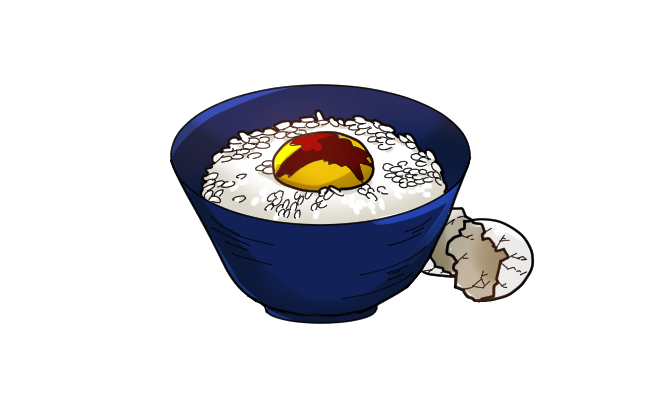
Compared to the traditional Japanese breakfast, tamago kake gohan is a much simpler affair—a bowl of hot white rice topped with a raw egg, with additional seasoning provided by a bit of soy sauce, salt, Ajinomoto (both the name of a company and its famous salt product MSG, a popular seasoning in Japan), or some furikake seasoning sprinkled over it. It’s a delicious but easy meal that can be prepared at home in two to three minutes tops, and is regarded as a sort of comfort food in Japan.
Ochazuke

While not a traditional Japanese breakfast food, in recent years ochazuke (a bowl of rice and toppings with hot tea or broth poured over it) is another convenient dish that has become a popular morning meal option. Common toppings include a protein component such as flaked salmon, Japanese pickles like umeboshi (pickled plum), and condiments such as shiso herb and tenkasu (crunchy tempura bits). Green tea is used most frequently but dashi broth or even just plain hot water can be used. Ochazuke can be prepared at home or eaten at an ochazuke specialty shop.
Shokupan Toast
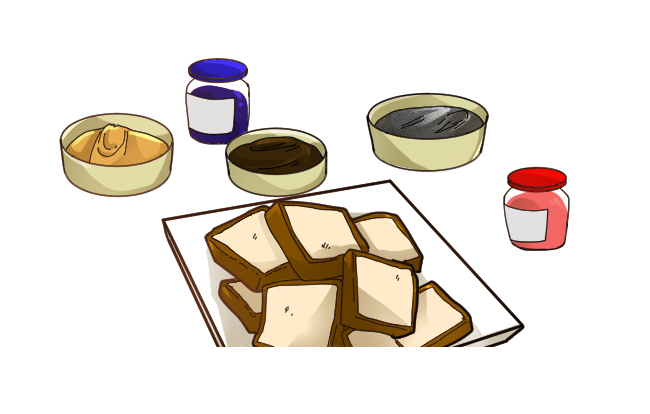
Of course, breakfast in Japan is about more than rice, tea and pickles. Shokupan is a simple and fluffy white bread with a pillowy-soft texture. Japanese people looking for a quick and simple Western-style breakfast option often opt for a thickly cut slice of shokupan toast, buttered with some jam. It’s easy to make at home and can be ordered at most any restaurant that serves breakfast.
Morning Set

A “morning set” is the Japanese take on a full Western-style breakfast, featuring eggs, ham, and toast with an interesting twist—green salad, which people in Japan eat at breakfast (in addition to lunch and dinner). The morning set is gradually becoming the more common daily breakfast choice for people in Japan compared to the traditional Japanese breakfast of rice, fish, and miso soup. A morning set can be made at home or ordered at a “family restaurant,” a casual Japanese diner-style restaurant.
Cereal

Cereal is another Western breakfast food that is becoming a standard in Japan. It’s a popular choice among working mothers with little time to prepare a full breakfast for their families. Japanese breakfast cereals tend to contain less sugar than their Western counterparts, and simple cereals like cornflakes and brown rice flakes are among the top-selling varieties. Granola with dried fruit and nuts is also popular among Japanese people looking for healthy breakfast options.
Combini Onigiri
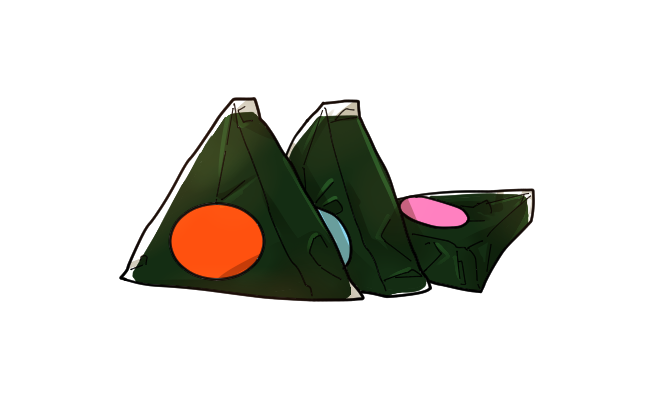
For working-age Japanese people with little time to prepare a meal on weekdays, a quick stop by the combini (convenience store) for an onigiri rice ball before work is another breakfast option. Some of the most popular onigiri fillings in Japan include flaked salmon, tuna with mayo, and umeboshi (pickled plum). Convenience store onigiri is specially wrapped to keep the nori seaweed separated from the rice so it doesn’t become soggy. Simply pull on the tab where indicated and the plastic wrapper will separate and can be removed. The plastic can also double as a wrap for holding the onigiri in your hands to avoid directly touching the food or making a mess.
Combini Sando
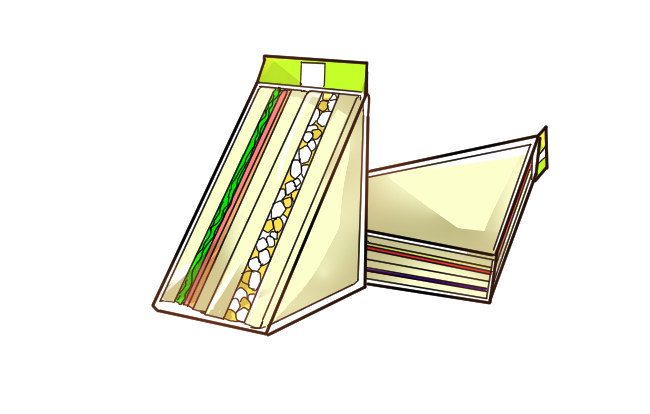
In addition to onigiri, busy Japanese people may stop by a convenience store before work to pick up a sando, a type of sandwich made with shokupan bread with the crusts cut off. Convenience store sandwich options range from more familiar items that have clear Western counterparts like eggu sando (egg salad sandwich) and tsuna sando (tuna salad sandwich), to more Japanese choices such as tonkatsu sando (pork cutlet sandwich) and unique fusion options like poteto sando (potato salad sandwich).
Bakery food - Pastries
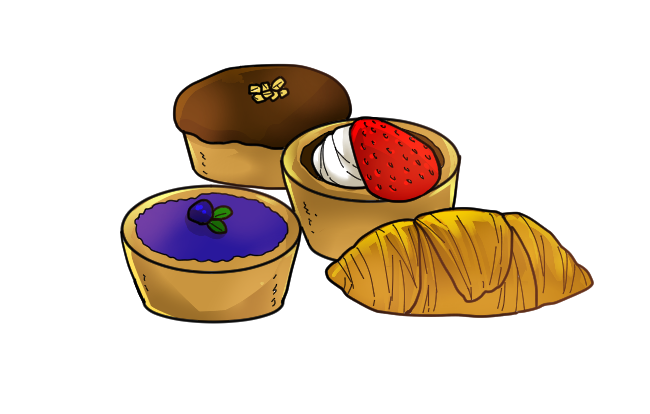
While rice is still the primary symbol of the Japanese breakfast, bread has been a staple of the Japanese diet since the post-war era. There are a number of bakery chains across Japan, and bakeries can usually be found located close to train stations or inside of supermarkets. Japanese bakeries offer a number of pastries that can be enjoyed for breakfast, including sweetened bread rolls such as melon pan (a sweet roll with a crumbly cookie surface), anpan (a roll filled with sweetened bean paste), and chocolate cornet (a cone-shaped roll filled with chocolate cream).
Breakfast in Japan is Full of Tasty Possibilities
So you see, answering the question, “What do Japanese people eat for breakfast?” isn’t as simple as it seems--things have changed a lot since the days of ancient Japan! No matter what kind of Japanese breakfast you ultimately choose when visiting Japan, do remember to eat so you’ll have the energy for exploring and sightseeing. Whether you’re in the mood for some traditional Japanese food or looking for a uniquely Japanese take on Western breakfast, Japan has plenty of options for the first meal of the day. Itadakimasu!



